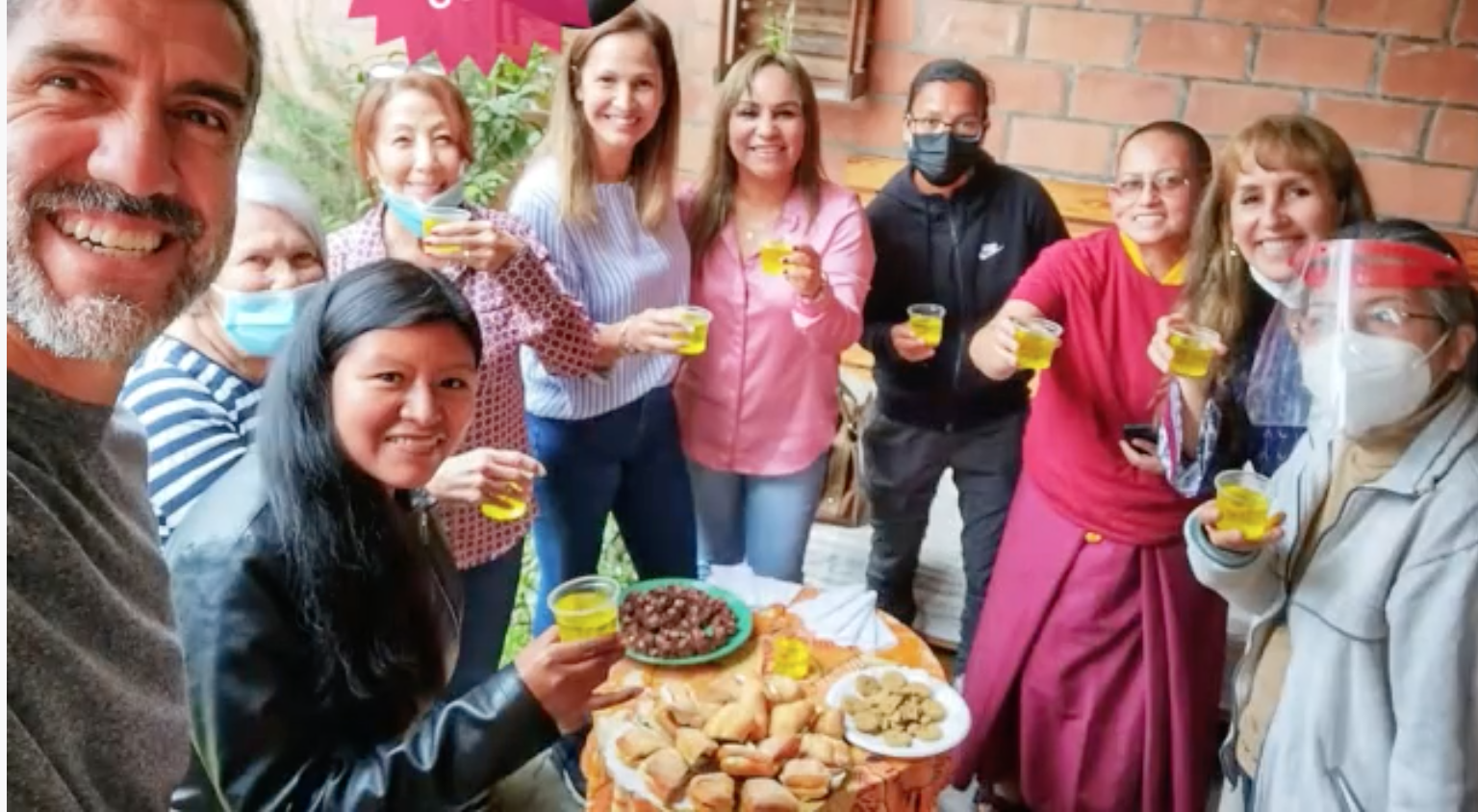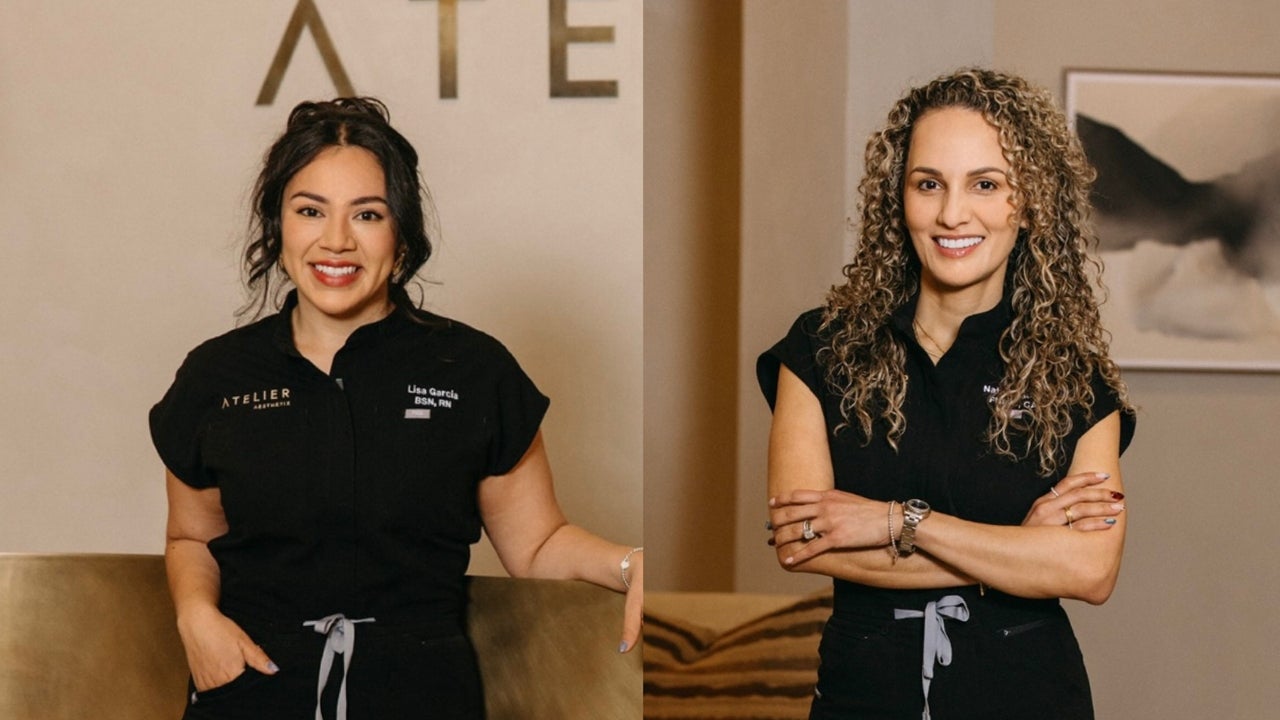What Does It Mean to Be a Trauma-Sensitive Mindfulness Practitioner?
Over the last decade, there’s been an increased awareness of the adverse effects of trauma in the mindfulness and meditation discourse. Naomi Matlow explains. The post What Does It Mean to Be a Trauma-Sensitive Mindfulness Practitioner? appeared first on...

by Naomi Matlow| December 6, 2022
Over the last decade, there’s been an increased awareness of the adverse effects of trauma in the mindfulness and meditation discourse. Naomi Matlow explores what it means to be a trauma-sensitive mindfulness practitioner.

Photo via Canva.
Mindfulness meditation practitioners like myself are often invited and encouraged to ask ourselves, “What do I need right now?” Sometimes the answer is to not practice mindfulness at all.
Attuning to our moment-to-moment awareness with non-judgement and without attachment is the mindfulness ideal, but what’s ideal is not always appropriate to the current realities of one’s experience. Our striving to be mindful can potentially cause avoidable harm, especially for individuals who have experienced trauma.
In “Heal the Wounds and Trauma” from the March 2019 issue of Lion’s Roar magazine, DaRa Williams, Devin Barry, Noliwe Alexander, and Rosetta Sander write: “There is an increasing number of people coming to Buddhism today with lots of complex unresolved trauma, and for some, are unable, uncomfortable or causing more harm by sitting in their own bodies.” How do we as mindfulness practitioners fold this understanding into our personal practice and our guidance of others?
There’s been an increased awareness of the adverse effects of trauma in the mindfulness and meditation community discourse over the last decade. You’d be hard-pressed to find a mindfulness meditation teaching certification program that doesn’t alert its students to the possibility of reigniting traumatic responses during practice.
So what does it mean to be a trauma-sensitive mindfulness practitioner? For me, it means being aware and accepting of the fact that paying mindful attention to one’s flow of sensations may not be supportive of one’s present moment needs.
David Treleavan, PhD, is a writer, educator, and mindfulness professional who has been at the forefront of this conversation over the last decade. His 2018 book, Trauma-Sensitive Mindfulness: Practices for Safe and Transformative Healing, is an important resource for trauma-sufferers interested in practicing mindfulness meditation, as well as practitioners teaching and guiding mindfulness meditation for others.
Recently, on his popular podcast “The Trauma-Sensitive Mindfulness Podcast,” Treleavan shared that he’s stepping back from primarily focusing on trauma in his writing and teaching, not for lack of importance, but because the work he’s dedicated the last decade of his scholarship and teaching to has become more mainstream. In the final episode of the podcast, Treleavan laid out the most important lessons he’s learned about what it means to be a trauma-informed and trauma-sensitive meditation practitioner.
In this finale episode, he shares a guiding question for trauma-informed meditation teachers to ask themselves, which is: “What tool can I pull out to offer someone to keep them in their practice and the benefits that can come from it?” Being trauma-sensitive is deeply practical, he says. It’s another iteration of mindfulness meditation’s emphasis on responding to the present moment and resting in it with curiosity and care.
Treleavan also differentiates between “trauma-sensitive work” and “trauma-focused work.” “Trauma-focused” work uses mindfulness practice and its various iterations to directly work with trauma and the alleviation of suffering, whereas “trauma-sensitive” mindfulness is an enhanced attunement to the potential traumatic triggers that mindfulness practice could uncover.
Mindfulness practice, and the Buddhist path it derives from, are recipes for the reduction of suffering, but not panaceas for the adverse effects of trauma. Nor are these prescriptive paths, where a practitioner is asked to sit with inner turmoil at the expense of their health. As Treleavan asks in the opening chapter of his book: “How can we minimize the potential dangers of mindfulness to trauma survivors while leveraging its potential benefits at the same time?” Even though his podcast has concluded, it’s episodes remain available as an archive of wisdom on the subject, alongside his book which suggests answers to this important question.
So what does it mean to be a trauma-sensitive mindfulness practitioner? For me, it means being aware and accepting of the fact that paying mindful attention to one’s flow of sensations may not be supportive of one’s present moment needs. Like eating healthy and exercising, practicing mindfulness is a tool we can all have and continue to sharpen in our wellbeing toolbox, but not at the expense of our mental health at any given moment.

 FrankLin
FrankLin 






























